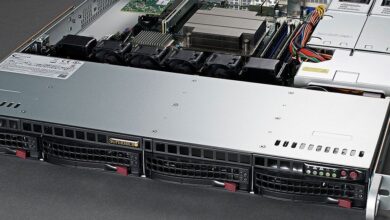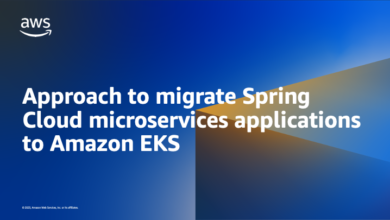5 pillars of a cloud-conscious culture

Jay Mahanand, CIO, UN World Food Program
UN
The technology division collects data on climate change, weather patterns, crop health, and household needs in troubled areas to better inform the organization on how to best address food insecurity. They can’t accomplish their mission if they bring IT assets wherever they go. That’s one of the reasons they’ve adopted a cloud-first mindset. “Everybody now knows IT infrastructure is no longer a challenge,” says Mahanand. “This frees us to focus on our mission.”
Homegrown talent
According to Firment, success with cloud requires a shift from consuming talent to creating talent. A lot of organizations build a cloud center of excellence to deliver early success. This might work at first, but all too often they fail to develop the wider talent needed to scale up the early wins.
Some organizations end up in a trough of despair where they struggle to deliver on the promise of cloud, he says. Too many CIOs think they can hire their way out of the problem. But the trouble with that thinking is the skilled people are already employed. They’re in high demand and the last thing they want to do is work for somebody who’s just getting started with cloud.

Drew Firment, chief cloud strategist, Pluralsight
Pluralsight
“I wish I spent less time migrating apps to the cloud and more on developing people to know more about how to use the cloud,” says Firment. “Instead of consuming or hiring talent, you should create your own talent.”
Fluency in the language
“The foundational element of a culture is literacy,” adds Firment. “If you want to participate in a culture, you need to learn the language. Ultimately, you need to move that literacy to fluency, which is where you spontaneously apply that language.”
The best way to learn the language is through training programs. Organizations should establish regular training sessions to develop knowledge of the terms around cloud computing. But to go from literate to fluent requires hands on experience and shared learning. Best practices should be documented and cataloged — but most of all, workshops should be held on a regular basis for people to share the news on what works.

![Azure Interview Questions and Answers for 2024 [Top 35] Azure Interview Questions and Answers for 2024 [Top 35]](https://europeantech.news/wp-content/uploads/2024/03/1711555981_logo.png)

